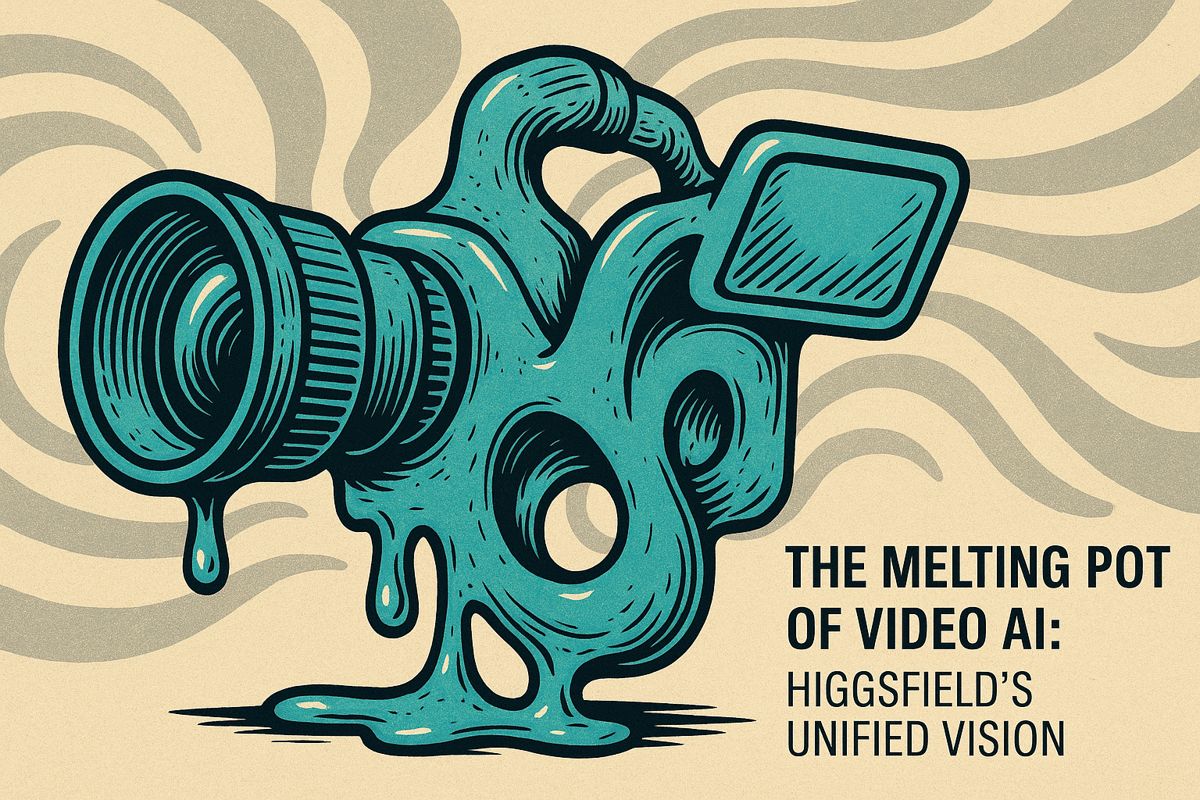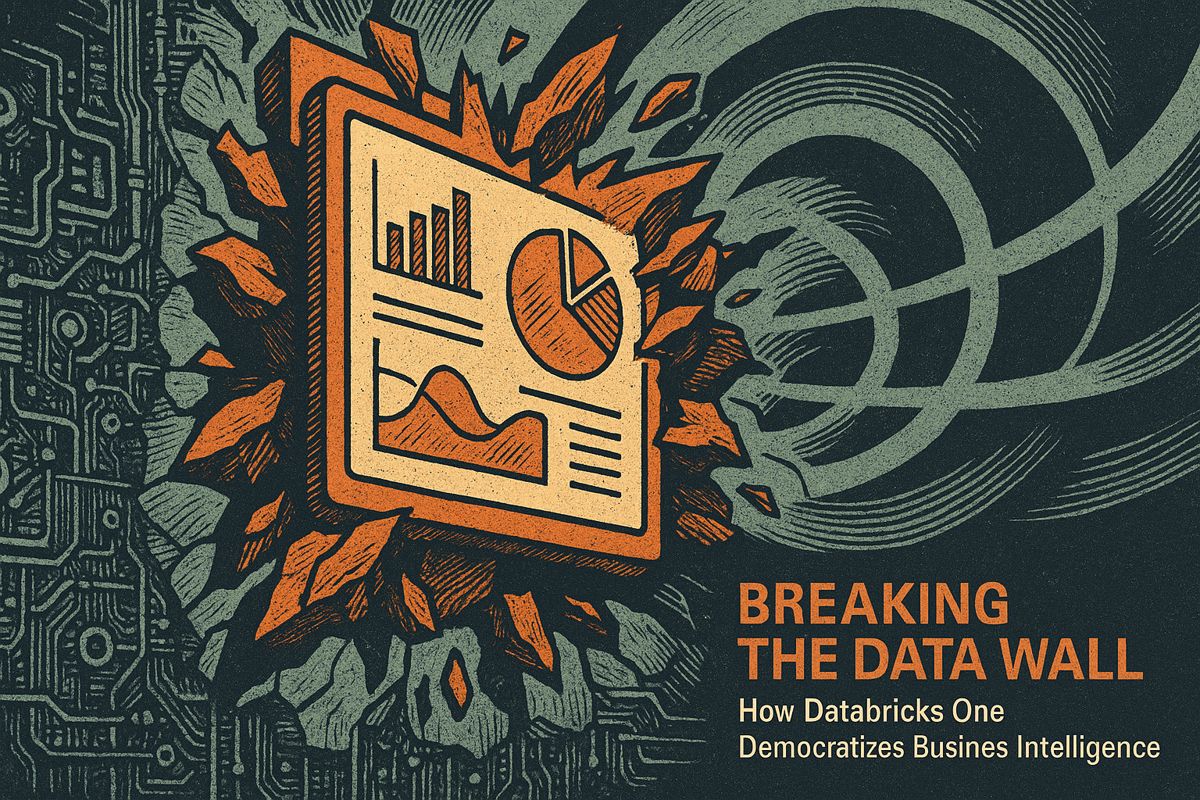Generative AI has become a powerful way for companies to turn their huge amounts of data into money in 2025. Early adopters now get about 11% of their total revenue by using AI to create new products, services, and insights from their data. Instead of just old-fashioned reports, AI can now build ready-to-use data, smart API tools, and even automate decisions. Many companies are seeing big payoffs, like faster work and more money for every dollar spent on AI. Winning companies focus on building insight engines, offering data as secure APIs, selling safe synthetic data, and charging for AI-powered results, but they still face challenges with skilled staff and new data laws.
How is generative AI driving data monetization for organizations in 2025?
Generative AI enables organizations to transform proprietary data into sellable products, services, and insights at machine speed. In 2025, early adopters report that 11% of total revenue comes from data monetization, leveraging AI to synthesize data, productize knowledge, and automate business actions.
Organizations sitting on terabytes of proprietary data have moved from pilot projects to full-scale monetization programs in 2025. The catalyst: generative AI that transforms raw information into sellable products, services and insights at machine speed. Early adopters already report 11 % of total revenue flowing from data monetization, a figure that is expected to climb as new business models mature.
From raw files to revenue engines
Generative AI does the heavy lifting that legacy analytics stacks never could. Instead of static dashboards, companies now deploy models that:
- *Synthesize * fragmented records into ready-to-use synthetic datasets that preserve statistical patterns without exposing personal identifiers.
- *Productize * niche domain knowledge into market-ready APIs – think medical triage bots trained on proprietary hospital notes or fraud-detection signals distilled from millions of internal transactions.
- *Automate * downstream actions: models package insights directly into marketing campaigns, supply-chain re-orders or dynamic pricing rules.
Deloitte’s 2025 enterprise survey shows 78 % of organizations already embed generative AI in at least one business function, up from 33 % in 2023.
Real-world payback
| Organization | Industry | Monetization Play | Reported ROI |
|---|---|---|---|
| Access Holdings | Financial services | Microsoft 365 Copilot for internal code, chatbots and presentations | Code writing time cut 75 %; chatbot launch shrank from 3 months to 10 days |
| Bancolombia | Banking | GitHub Copilot across technical teams | 30 % faster code generation; 42 automated deployments per day |
| BOQ Group | Banking | Copilot-powered business reviews | Risk-review cycle reduced from 3 weeks to 1 day |
These cases illustrate a broader trend: every $1 invested in generative AI for data monetization currently returns *$3.70 * for companies that scaled past the pilot stage (source).
Four business models dominating 2025
-
Intelligent Data Products
Instead of selling raw datasets, firms deliver “insight engines” that embed recommendations or autonomous actions inside client workflows. -
API-First Data-as-a-Service
Secure endpoints expose curated, AI-enriched data streams priced by volume or query complexity. -
Synthetic Data Licensing
Privacy-compliant replicas of original datasets are sold to AI vendors and research groups, eliminating regulatory risk. -
Outcome-Based AI Agents
Autonomous services promise measurable business results (e.g., inventory reduction, churn prevention) and charge a share of the upside.
Scaling hurdles to watch
| Challenge | 2025 Impact |
|---|---|
| Talent gap | 45 % of enterprises cite lack of skilled staff as the primary barrier to scaling generative AI monetization programs (McKinsey 2025) |
| Regulatory patchwork | Nine new U.S. state privacy laws took effect in 2025; data minimization and consent management now prerequisites for any monetization roadmap (Jackson Lewis analysis) |
| Revenue leakage | Only 3 % of the 1.8 billion global AI tool users currently pay for premium services, pointing to a vast monetization gap (Menlo Ventures 2025) |
Budget shift under way
EY’s 2025 survey shows 88 % of enterprises now allocate more than 5 % of their IT budget to AI initiatives; companies exceeding that threshold report 70–75 % positive ROI, compared with 50–55 % for lighter spenders. The takeaway: sustained investment, not sporadic pilots, unlocks the 11 % revenue milestone now visible at the frontier.
What percentage of revenue are top performers already earning from data monetization?
Top-performing companies are capturing 11% of their total revenue from data monetization today, according to 2024-2025 enterprise surveys. This figure is no longer theoretical; it is the benchmark that separates market leaders from the rest and illustrates the size of the prize for organizations that move quickly.
How does generative AI close the monetization gap compared with traditional analytics?
Traditional analytics turns data into dashboards. Generative AI turns data into automated, real-time action: it writes the email, adjusts the price, or triggers the supply-chain reroute without human intervention. Early adopters report an average $3.70 return for every $1 invested, while junior-level productivity rises 20–30% and senior-level productivity improves 10–15%. The gap between insight and execution is shrinking to seconds instead of weeks.
Which business models are proving fastest to deploy in 2025?
The models scaling fastest in 2025 are:
– Data-as-a-Service APIs – secure, metered access to curated datasets
– Intelligent data products – AI-generated recommendations sold as subscription modules
– Outcome-based contracts – clients pay a share of measurable business gains
Usage-based API pricing and tiered SaaS subscriptions are now the default, replacing one-time data sales or custom consulting projects.
What are the two biggest roadblocks slowing monetization rollouts?
- Data-privacy regulation: over 75% of customers cite privacy concerns, and new state laws in Delaware, Iowa, Minnesota, and others have raised compliance costs in 2025.
- Talent gap: 45% of enterprises say a shortage of AI, privacy-law, and data-engineering talent is the main barrier to moving from pilot to production.
Which sectors are moving fastest on generative data monetization?
Healthcare, finance, and consumer retail are pulling ahead. Healthcare firms monetize synthetic patient records for drug discovery; banks monetize anonymized transaction feeds for fraud-detection APIs; retailers sell real-time customer-behavior data streams to suppliers. Automotive is an emerging fourth front, with car-generated data expected to create a $450–750 billion market by 2030.



















